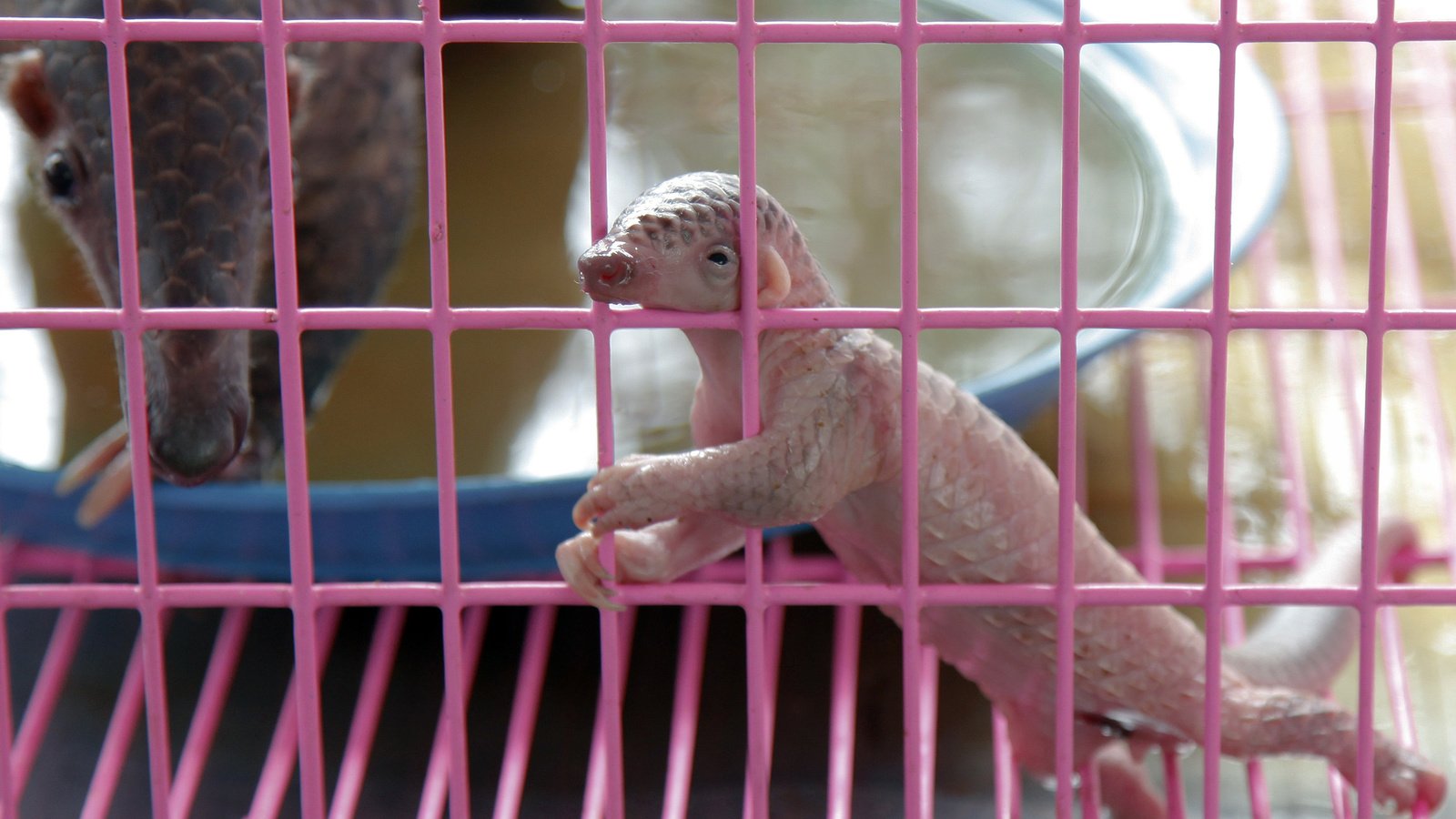To Prevent Pandemics and Protect Biodiversity, Combat Wildlife Crime

Dhaka, 26 January, 2021: In my weekly column for World Politics Review, I argue that national governments need to close the gaps in two major multilateral treaties to more effecitvely tackle illicit trade in wild animals, which threatens global public health.
The growing prevalence of zoonotic diseases, underscored by the COVID-19 pandemic, and the ongoing loss of biodiversity around the world make tackling the illicit trade in wild animals imperative, since it threatens global public health and the extinction of endangered species. Fortunately, a practical approach is there for the taking. The Global Initiative to End Wildlife Crime has launched a campaign to fill gaping holes in two international treaties: the Convention on International Trade in Endangered Species of Wild Fauna and Flora, known as CITES, and the U.N. Convention Against Transnational Organized Crime, or UNTOC. The new Biden administration should embrace this initiative and nurture bipartisan U.S. consensus behind both treaty modifications.
SARS-CoV-2, the virus currently ravaging the world, is just the latest pathogen to have jumped to humanity from a wild animal reservoir—in this case, horseshoe bats—following previous zoonoses responsible for HIV/AIDS, Marburg, Ebola, H5N1, H1N1, SARS, MERS, West Nile and Zika, among others. And it will not be the last. Scientists estimate that wild mammals and birds host 1.7 million undiscovered viruses, half of which could potentially infect humans. The surge in zoonotic diseases is driven by increased human contact with previously isolated species. As humans proliferate and enter, exploit and degrade new habitats, they and their domesticates are exposed to novel viruses. Given global transportation links, pathogens acquired in distant locales quickly spread. COVID-19 underlines the complex interdependencies among environmental, animal and human health, and the need for a “One Health” approach, as advocated by the World Health Organization, to address all three.

